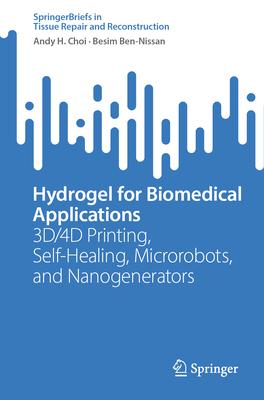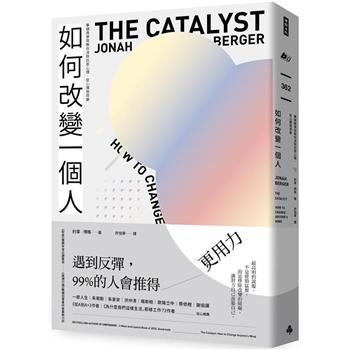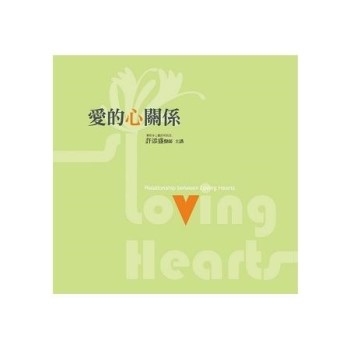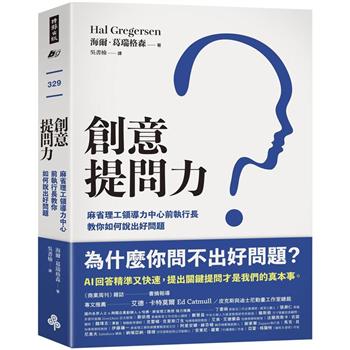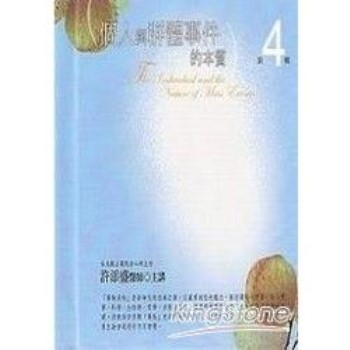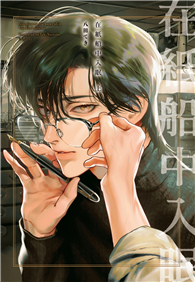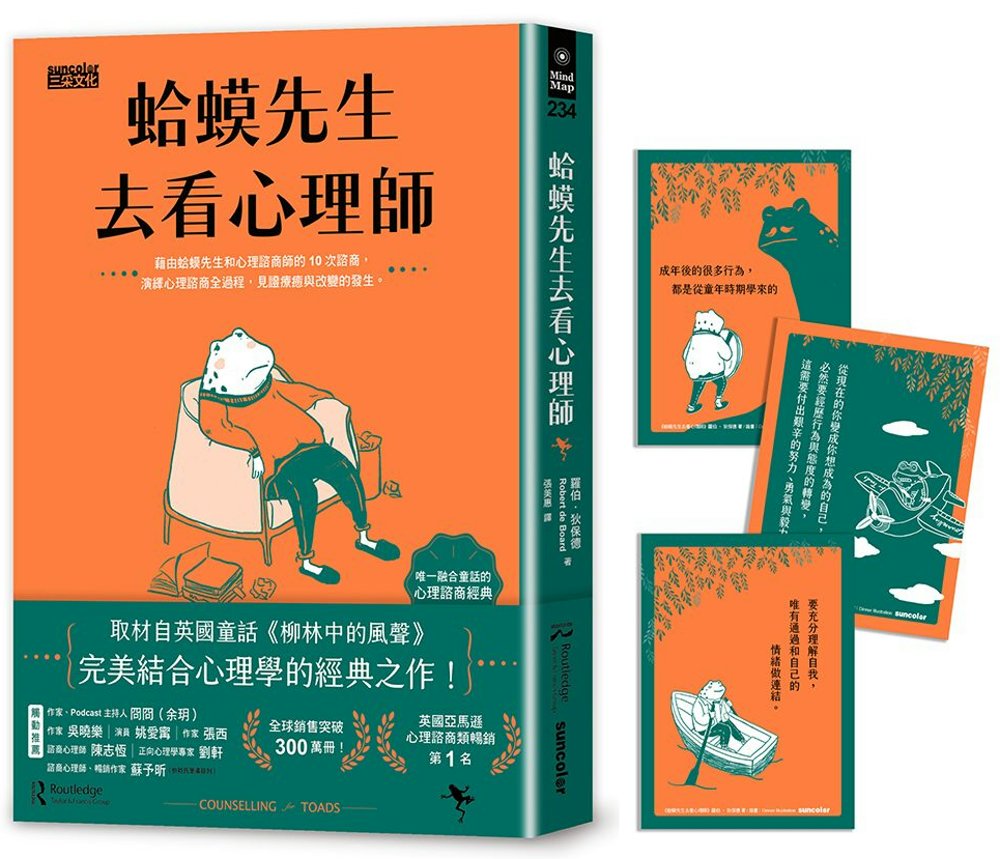Dr. Andy H. Choi is an early career researcher who received his Ph.D. from the University of Technology Sydney (UTS) in Australia in 2004 on the use of computer modeling and simulation known as finite element analysis (FEA) to examine the biomechanical behavior of implants installed into a human mandible. After completing his Ph.D., he expanded his research focus from FEA to sol-gel synthesis of multifunctional calcium phosphate nanocoatings and nanocomposite coatings for dental and biomedical applications. In late 2010, Dr. Choi was successfully awarded the internationally competitive Endeavour Australia Cheung Kong Research Fellowship Award and undertook post-doctoral training at the Faculty of Dentistry of the University of Hong Kong focusing on the application of FEA in dentistry and the development of calcium phosphate nano-bioceramics. He is currently serving as an associate editor for the Journal of the Australian Ceramic Society and as an editor for a number of dentistry-related journals. In addition, he is also serving as an editorial board member for several dentistry, nanotechnology, and orthopedics journals. To date, Dr. Choi has published over 50 publications including 8 books and 30 book chapters on calcium phosphate, nano-biomaterial coatings, sol-gel technology, marine structures, drug delivery, tissue engineering, and finite element analysis in nanomedicine and dentistry.
Besim Ben-Nissan Professor Ben-Nissan has higher degrees in Metallurgical Engineering (ITU), Ceramic Engineering (University of New South Wales), and a Ph.D. in Mechanical and Industrial Engineering with Biomedical Engineering (University of New South Wales). Over the last four decades together with a large numbers of Ph.D. students and post-doctoral fellows, he has worked on production and analysis of various biomedical materials, implants, calcium phosphate ceramics, advanced ceramics (alumina, zirconia, silicon nitrides), sol-gel developed nanocoatings for enhanced bioactivity, corrosion and abrasion protections, optical and electronic ceramics, and thermally insulating new generation composites. He also has contributed to the areas of mechanical properties of sol-gel developed nanocoatings. In the biomedical field, he has involved with the development of materials for slow drug delivery, natural and marine material conversion, implant technology (bioactive materials including conversion of Australian corals to hydroxyapatite bone grafts), biomimetics (learning from nature and its application to regenerative medicine), bio-composites, investigative research on biomechanics and finite element analysis (mandible, knee, hip joints, hip resurfacing), reliability, and implant design (modular ceramic knee prosthesis, femoral head stresses). He was part of a research team which initiated the world’s first reliable ceramic knee and hydroxyapatite sol-gel-derived nanocoatings. Since 1990 he has published over 260 papers in journals, five books, and over 50 book chapters. He is one of the editors of the Journal of the Australian Ceramic Society and the editorial board member of three international biomaterials journals. He was awarded "The Australasian Ceramic Society Award" for his contribution to "Ceramic education and research and development in Australia." He also received "Future Materials Award" for his contribution to the "Advanced nanocoated materials field." He has collaborated with a number of international groups in Japan, USA, Thailand, Finland, Israel, France, UK, Germany, and Turkey and held grants from the Australian Academy of Science and the Japan Society for Promotion of Science for collaborative work in the biomedical field in Europe, USA, and Japan respectively. After serving as an academic for over 33 years, he has retired, however still active, and contributes to science by research in the biomedical field and supervising higher degree students.
